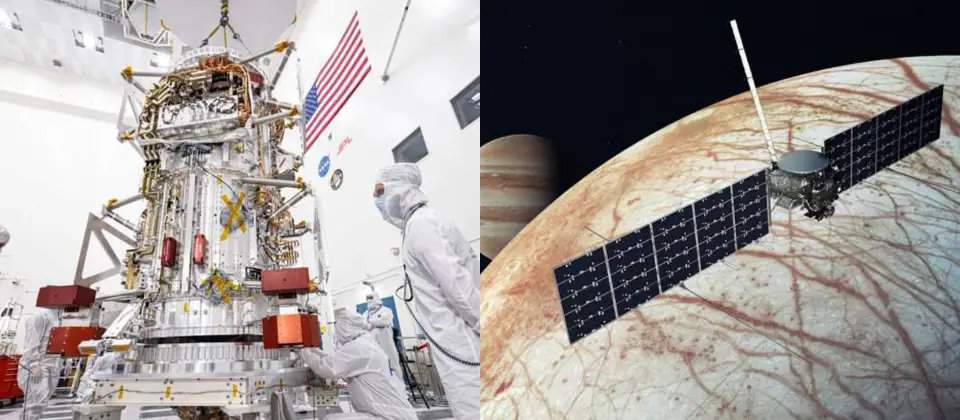Astrobotic earlier announced that the Peregrine moon lander was heading towards Earth’s atmosphere to safely crash on January 18. The company that launched the lunar lander announced that the spacecraft successfully counted down to its final hours in space before finally losing contact with it on January 18.
Astrobotic revealed that it brought down the spacecraft safely due to leakage. The robotic Peregrine lander suffered fuel leak issue as it headed toward soft landing on the lunar south pole on Feb. 23. However, this fascinating future of the rover became a failure by the fuel leak doom.
After the United Launch Alliance Vulcan Centaur rocket successfully launched the Peregrine moon lander on January 8, the company behind this launch anticipated reaching the moon safely.
However, the issues that occurred during the process made the Pittsburgh company Astrobotic change their mind and return the Peregrine moon lander back to the upper Earth’s atmosphere and safely crash it on January 18. Astrobotic wrote that “as safe a re-entry path as possible” in an update shared on Tuesday (Jan. 16) on X, formerly Twitter.
“The Peregrine spacecraft continues to be responsive and stable,” the update read, emphasizing that the team carefully watched the spacecraft return to our planet. “We remain in contact with our U.S. government partners to ensure as safe a re-entry path as possible.”
On January 16, the Peregrine lander was navigating across space at about 183,000 miles (294,500 km) from Earth. This great distance is still within the orbit of the moon which goes around Earth at roughly 238,000 miles (384,400 km). Astrobotic wants to bring down the lander from this point to Earth’s atmosphere on January 18.
Why Astrobotic Safe Crashed the Peregrine Lander
When Astrobotic officials first discovered a fuel leakage coming from the Spacecraft, they immediately realized that the lifespan of the lander had been reduced. But despite the first challenge encountered by the lander, it still manages to stay active in space for more than eight days, Astrobotic representatives wrote on X (former Twitter).
The team controlling the spacecraft even managed to conduct a short test engine fire on January 13. That brief test focused on one of the main engines, and they fired it for more about 200 milliseconds successfully.
“But Peregrine’s fuel-to-oxidizer ratio is well outside of the normal operating range of the main engines, making long controlled burns impossible,” Astrobotic officials wrote in a statement Sunday (Jan. 14).
The Pittsburgh-based company announced via X (formerly known as Twitter) that it has lost contact with the Peregrine moon lander at around 3:50 p.m. EST (2050 GMT) on Thursday afternoon (Jan. 18).
“While this indicates the vehicle completed its controlled re-entry over open water in the South Pacific at 4:04 p.m. EST, we await independent confirmation from government entities,” the company wrote in an update that it posted to the social media site at around 8 p.m. EST on Thursday (0100 GMT on Friday, Jan. 19).
Peregrine was launched to become the first-ever private spacecraft to safely land on the lunar surface. The moon lander also traveled to the moon carrying several commercial payloads including five NASA experiments as part of the agency’s Commercial Lunar Payloads Services program (CLPS).
The commercial payloads contained in the lander consist of human remains coming from companies like Celestis and Elysium Space. But we should all look forward to upcoming Intuitive Machines that plan to soft land on the moon using SpaceX Falcon 9 in February.




